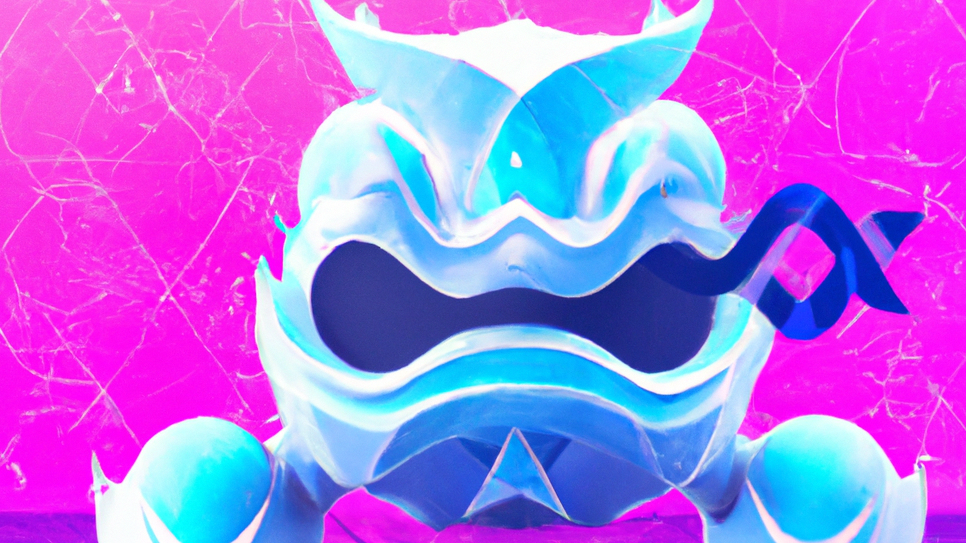GameFi and Its Effect on Web3 Adaptation and Innovation

The world of decentralized finance (DeFi) has been thriving in recent years, with blockchain technology paving the way for a more accessible and secure way of handling financial transactions. However, DeFi is not the only area that is experiencing significant growth within the blockchain industry. The rise of GameFi is also worth noting, as it has the potential to revolutionize the way we think about gaming and blockchain.
GameFi, short for “Game Finance,” refers to the fusion of decentralized finance with gaming. It aims to provide players with a more immersive and rewarding gaming experience by integrating blockchain technology and cryptocurrency into games. With GameFi, players can earn rewards, buy and sell in-game assets, and even participate in governance activities, all while playing their favorite games.
One of the main advantages of GameFi is its potential to drive web3 adoption. Web3 is the next generation of the internet, where decentralized applications (dApps) and blockchain technology are the norm. GameFi is a perfect example of a dApp that can introduce users to the world of blockchain and cryptocurrency in a fun and engaging way. By integrating blockchain into games, players can become more familiar with the technology, which may lead to increased adoption of other web3 applications.
Furthermore, GameFi has the potential to bring more innovation to the gaming industry. By introducing blockchain technology, games can offer new features that were not possible before, such as the ability to truly own in-game assets. This ownership creates a new market for players to buy and sell assets, which can lead to a more robust gaming economy. Additionally, GameFi games can implement decentralized autonomous organizations (DAOs), allowing players to have a say in the game’s development and direction.
GameFi has already gained significant attention in the blockchain community, with various projects popping up, such as Axie Infinity, Gala Games, and The Sandbox. Axie Infinity, for example, is a blockchain-based game that allows players to collect, breed, and battle creatures called Axies. Players can earn cryptocurrency by playing the game, and Axies can be traded on various cryptocurrency exchanges. The game has become incredibly popular, with players earning thousands of dollars in cryptocurrency by playing.
The success of Axie Infinity and other GameFi projects highlights the potential of the GameFi market. The market has grown significantly in the last year, with the total value locked (TVL) in GameFi projects reaching over $10 billion. This growth has led to increased investment in GameFi projects, with venture capitalists and other investors pouring money into the sector.
In conclusion, GameFi is an exciting development in the blockchain industry, with the potential to drive web3 adoption and bring innovation to the gaming industry. By integrating blockchain technology into games, GameFi provides players with a new and immersive gaming experience, while also introducing them to the world of blockchain and cryptocurrency. The GameFi market is still in its early stages, but with the success of projects like Axie Infinity, it is clear that GameFi has a bright future ahead.